|
Art is held by many to be an expression of some of the most intimate aspects of an individual’s self. Some people even claim that you can gain insight into who a person is from the art they produce. I don’t know if this is true, but let’s put the concept to test. Below I present to you a collage of paintings by six painters, but here is the twist. Three of these painters were people who either murdered others, assisted in bringing about their deaths, or ordered their execution. Can you tell the murderers from their art? Give it a try without looking up the paintings. You can leave a comment with your guesses in the post or in the Tweet (but please don’t spoil it for others). I will post the identities of the painters at the end of this page in one or two weeks and notify everyone who commented. Painter-1 Painter-2 Painter-3 Painter-4 Painter-5 Painter-6 Below are the identity of the painters and the stats regarding the replies of the 22 people who ventured a guess as to who the murderers were. 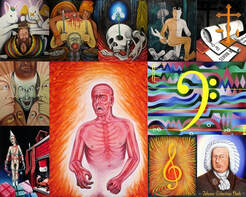 Painter-1 Painter-1 These are some of the paintings by Dr. Jack Kevorkian, a euthanasia activist who in the nineties assisted 100 plus terminally ill patients to commit suicide employing a machine he had built and which the patient operated (The Thanatron). While not technically a killer, and in fact considered a hero by many, Kevorkian was always in trouble with the law for his activities. He was finally charged with second degree murder in 1999 for directly delivering the drugs that killed one of his patients. He was imprisoned for 8 years and died in 2011. Kevorkian was also a Jazz musician. 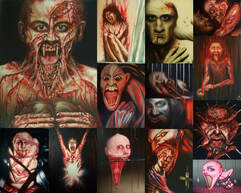 Painter 2 Painter 2 These paintings were made by Suzzan Blac. Their gruesomeness reflects the fact that the author suffered severe emotional and sexual abuse while growing up in an impoverished household, eventually leading to depression and substance abuse during her adolescence. She uses these terrible images to denounce pornography and violence against women and children. The story of how she triumphed over her demons through art and aided by her caring husband is narrated in her biography “The Rebirth of Suzzan Blac”. 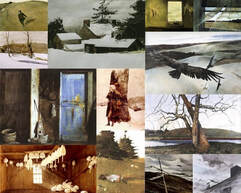 Painter-3 Painter-3 These paintings were made by Andrew Wyeth (1917-2009), one of the most famous American painters of the twentieth century. The themes of his work were the land and the people in Pennsylvania where he lived. 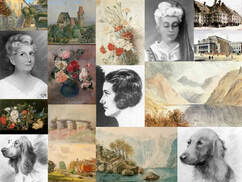 Painter 4 Painter 4 These paintings were made by one of the greatest mass murderers in history, Adolf Hitler. When he was a young man, he wanted to become an artist and one wonders whether the course of world history would have been different if the Academy of Fine Arts in Vienna had not rejected his applications. Do you see any evidence in these paintings of the monster he would later become? 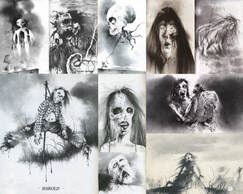 Painter-5 Painter-5 This artist is Stephen Gammel, an American illustrator of children’s books and winner of the Caldecott medal. The works featured in the collage are illustrations that accompanied the collections of scary stories authored by Alvin Schwartz in the 1980s, which are still popular today. 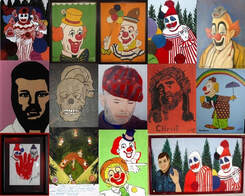 Painter-6 Painter-6 These paintings were made in prison by John Wayne Gacy an American serial killer who murdered at least 33 teenage boys and young men in the seventies stuffing many of the bodies into the crawl space of his house. The clown motif in many of his paintings is due to the fact that he would dress like one (he called himself Pogo the clown) and attend charitable events and children’s functions. He was executed in 1994. So, where you able to tell the murderers from their art?
Of the 22 people who posted a guess, only two got the three murderers right. The murderer Gacy received 77% of the vote, so either there is something really disturbing about his art, or people had seen it before and maybe even unconsciously were able to identify it. Blac’s art is the most unsettling of all in terms of the sheer grisliness of the images, but perhaps its presence in the list is far too obvious, so she only received 36% of the vote. Gammel’s gruesome art seems a bit childish and out of character for a murderer (it was featured in children’s books after all), so maybe that’s why he got only 32% of the vote. The euthanasia activist Kevorkian received 36% of the vote, but was he a murderer? In any case his art seems a bit more refined than Gacy’s, so maybe that’s why he didn’t gather more votes. The great surprise was the American painter Wyeth who with 64% of the vote was in second place ahead of Hitler who received 55%! What is it about Wyeth’s paintings that some people thought to be probably those painted by a murderer? And what about Hitler? Maybe his art did not reflect his inner world because he was just trying to paint the reality around him. If anything, the lack of an abstract or fantastic element in his paintings is similar to those of Wyeth. There is clearly some correspondence between what is going on in the painter’s life and his or her paintings, but the link can be difficult to interpret. Is the painter a monster or is he/she merely trying to exorcise inner demons or painting for a theme? Also, if the painter is just merely painting what they see around them, their inner reality may not show in their work. Finally, if the painter has had no formal training in painting, their paintings may be considered more suspect than those of one who did. Although Gacy and Hitler were in the top three choices of the people who guessed the murderer, the inclusion of Wyeth is notable. Similarly, Kevorkian's paintings were rated no different from those by Blac or Gammel. I think that from this exercise we can surmise that in the absence of other evidence, it is perilous to conclude anything about the nature of a person from their art. A case in point is that of Tim Masters who was wrongfully convicted in 1999 of the murder of a woman mostly based on a psychologist's opinion regarding his gruesome doodles. Note: I do not own the rights to these paintings, they are included in the collages for the purpose of comment as per the doctrine of fair use.
2 Comments
Alex
5/6/2021 07:17:44 pm
2 5 and 6.
Reply
Rolando Garcia
3/22/2022 03:59:00 pm
Thanks for your participation Alex!
Reply
Your comment will be posted after it is approved.
Leave a Reply. |
Details
Categories
All
Archives
June 2024
|
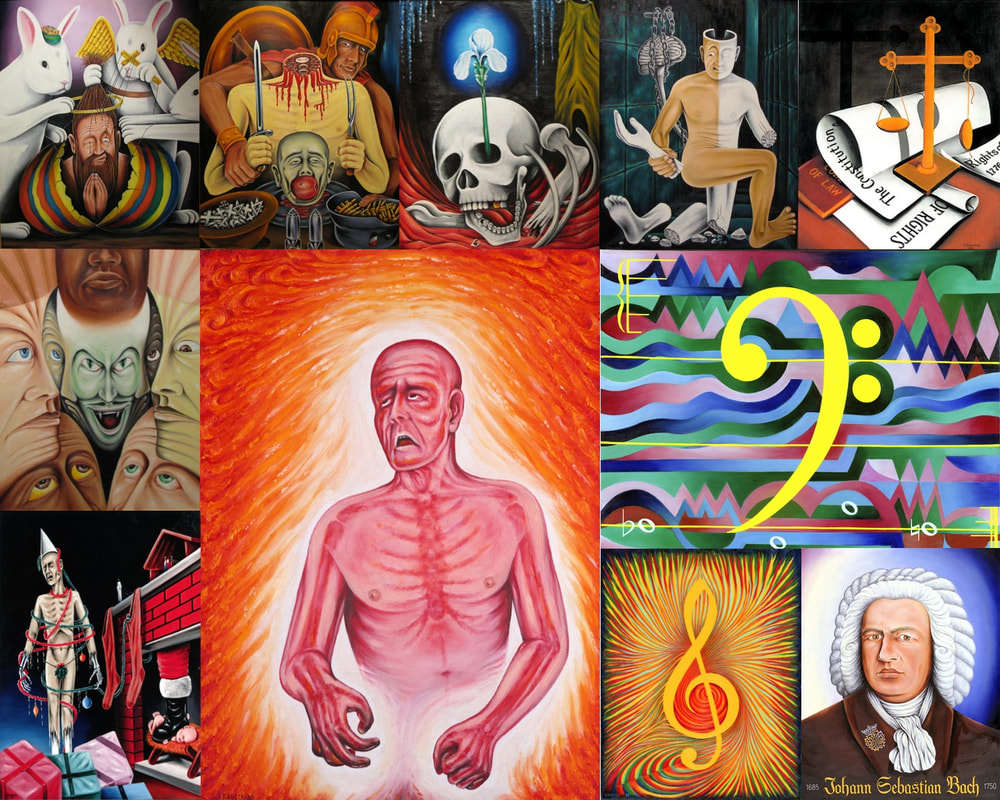

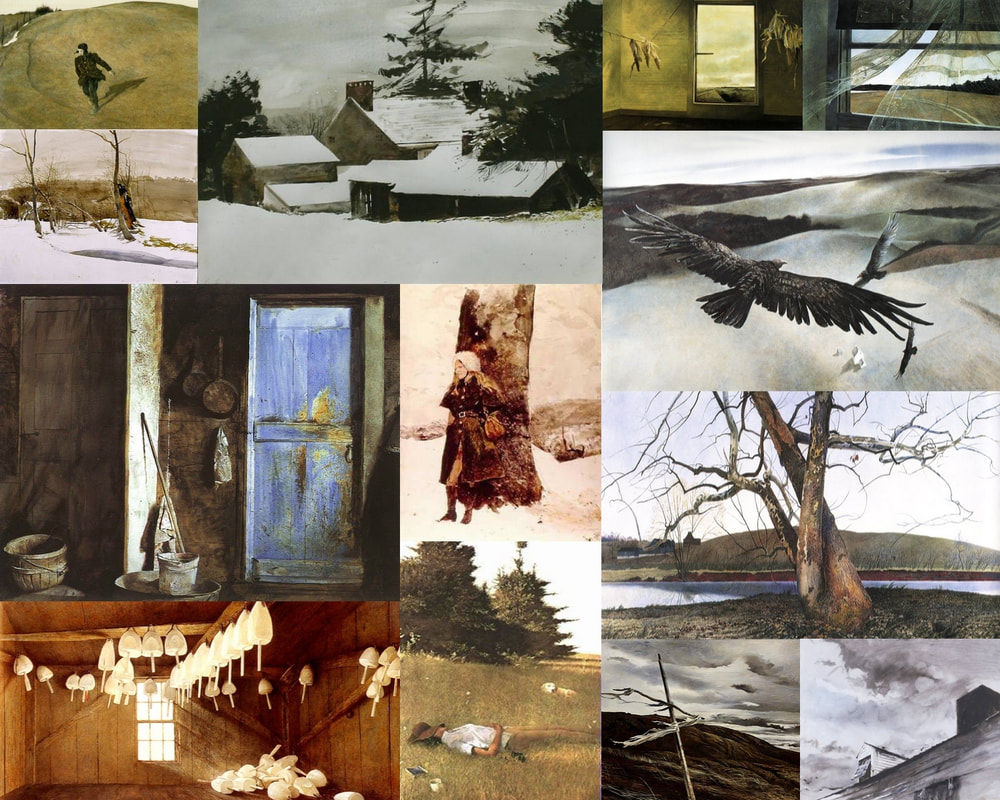
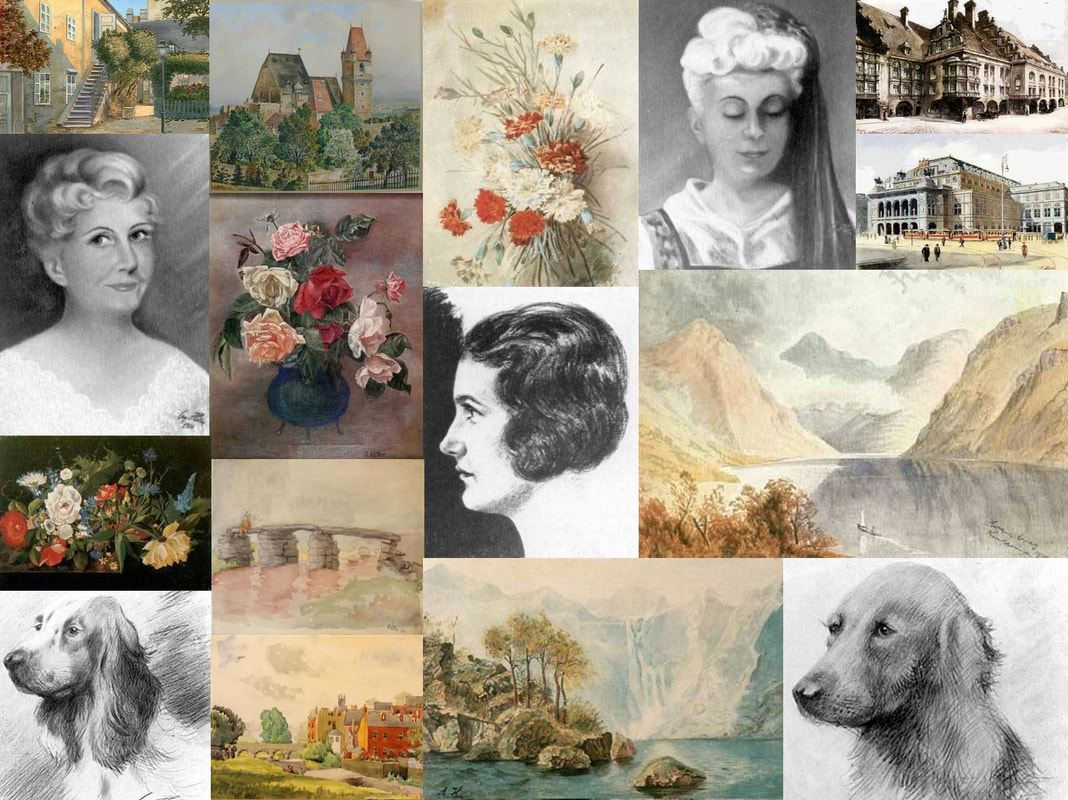

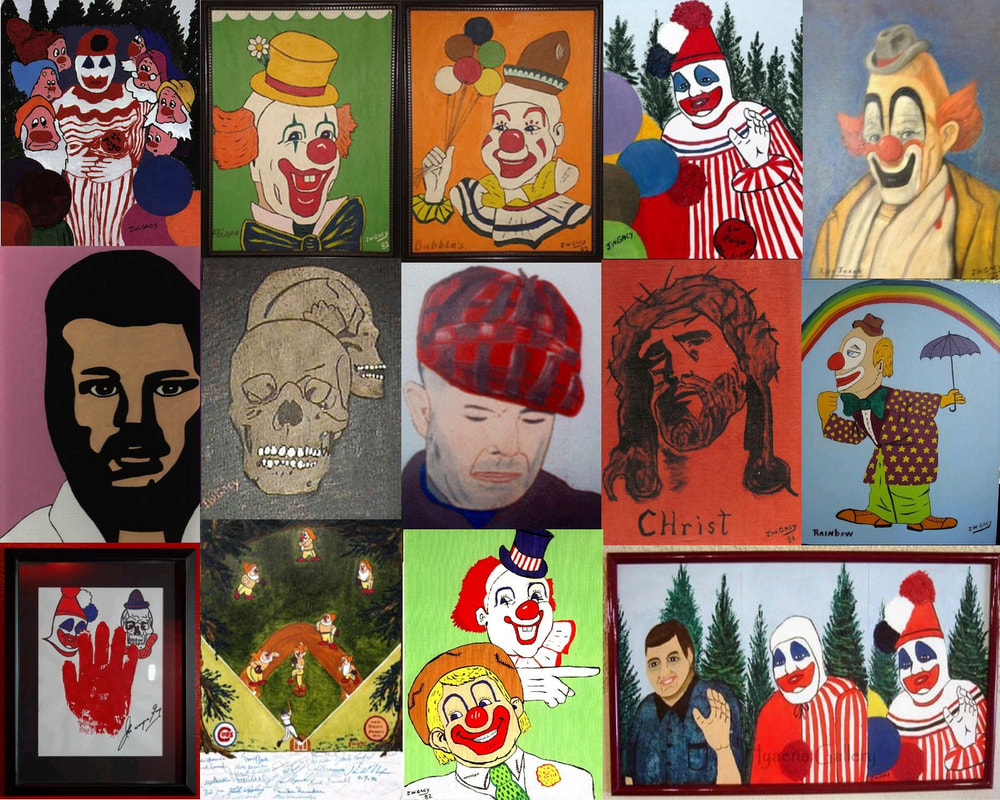
 RSS Feed
RSS Feed